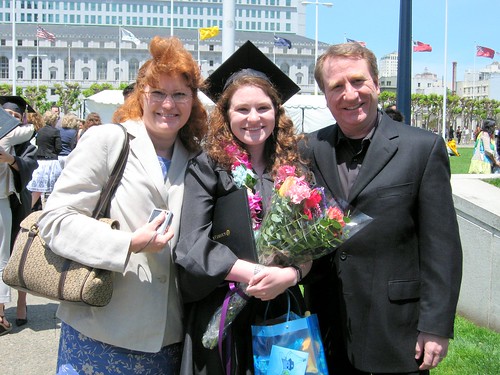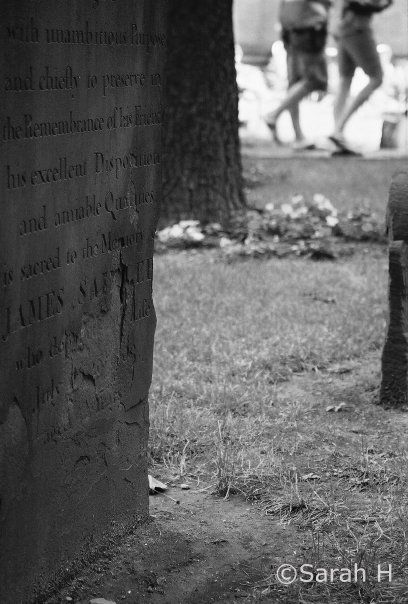The question of how death is handled and viewed in the horror industry popped into my head earlier this week as I eagerly awaited the release of The Strangers: Prey at Night (a sequel to one of my favorite scary movies). As a horror buff, I’ve read many articles detailing theories on why we enjoy horror movies (see reference below for a decent summary), but no one seems to really delve into how the deaths themselves are viewed in horror, or in fiction as a whole.
Why are we okay with reading a 500-page book or sitting through a 2-hour movie, bonding with and exploring various characters — only to have them killed off at some point. I realize it’s hard to equate fiction and reality, but it’s interesting to me that we can separate them so easily with something so universal and personal as death. Fiction can evoke emotion or instill ideas into consumers, so I believe it important to compare and contrast death in fiction and death in reality.
Separating Fiction and Reality
Most horror fans are aware (either consciously or unconsciously) of the “fakeness” in film. This is most apparent in campy B-movies such as Thankskilling, Killer Klowns from Outer Space, or Stippers vs Werewolves. These movies either have outlandish themes or poor production values such that we can easily say to ourselves, “This is a movie.” Other horror movies accomplish this awareness by having supernatural or comical overtones (see Rosemary’s Baby and Scream, respectively).
However, some movies, such as The Strangers, lack anything major that’s outside of reality. It features a relatively realistic set of characters, plot, and setting and has a paranoia-inducing ending. When I left the theater, I was scared by the realness of it, but even then, I can’t say I felt anything about the character’s deaths nearing how I feel when I hear of a death on the news or such. This isn’t a unique sentiment to scary movies. Non-horror movies such as Me Before You, A Fault In Our Stars, and Les Misérables are all seen as super-sad, relatively realistic, and dealing with death. Many people (myself included) bawled my eyes out during these movies, but I don’t think many could say they “grieve” the characters.
Where’s the Dividing Line?
I mourn the losses in the Parkland shooting, but I can’t say I sobbed upon hearing the news that day. Conversely, I cried in the the theater for fictional deaths, but I can’t say I mourn(ed) them. How can we be moved by fiction without further grief; why does the world grieve over complete strangers? I know some things that don’t always play into the second question — time (be it in the past or the present) and proximity (be it local or international). So what factors truly play in?
As discussed in the article below, there has been research done that compared disturbing documentaries dealing with death and horror movies. The results are surprising to me. Many people couldn’t handle the documentaries but could easily swallow the horror movies. I would be very interested to see the results in a study exposing people to a documentary played off as a movie or a movie produced as a documentary. Do people’s reactions change based only on the idea that something is real or not? Is the primary factor that creates the distinction between a “real” death and a “fictional” death the knowledge of which is which?
Reference article that sums up most of the theories regarding attraction to horror (I disagree with some claims made, but it’s the best summary I found):
https://filmmakeriq.com/courses/psychology-scary-movies/









 I found this article “When Doctors Grieve” that was published in the New York Times last May very interesting because it is a topic that isn’t discussed often and because I am an aspiring doctor. A study was done on twenty oncologists concerning grief practices when one of their patients died. Over half of them reported feelings of “self doubt, sadness, and powerlessness”. Many added that they felt guilty and would often cry and lose sleep. However, most of these oncologists fought to hide their emotions because it is seen as a sign of weakness as a medical professional. Surprisingly, the death of a patient oftentimes effects the behavior of the doctor and the treatment practices they perform on the patient. One doctor stated “I see an inability sometimes to stop treatment when treatment should be stopped.” This results in more aggressive chemotherapy treatments. Another aspect of this article which was of most interest to me was the idea that as a patient gets closer to dying, the doctor tends to distance themselves from the patient and their families resulting in an overall less effort toward the patient. I think this is because the doctor does not want to become too attached with the patient and develop a relationship with them because when they die, the doctor becomes affected by this both emotionally and professionally. The author of the article believes that doctors should be trained to handle their own grief and I agree. A great doctor is one that can compose themselves and carry on with their life while coping with the loss of their patient.
I found this article “When Doctors Grieve” that was published in the New York Times last May very interesting because it is a topic that isn’t discussed often and because I am an aspiring doctor. A study was done on twenty oncologists concerning grief practices when one of their patients died. Over half of them reported feelings of “self doubt, sadness, and powerlessness”. Many added that they felt guilty and would often cry and lose sleep. However, most of these oncologists fought to hide their emotions because it is seen as a sign of weakness as a medical professional. Surprisingly, the death of a patient oftentimes effects the behavior of the doctor and the treatment practices they perform on the patient. One doctor stated “I see an inability sometimes to stop treatment when treatment should be stopped.” This results in more aggressive chemotherapy treatments. Another aspect of this article which was of most interest to me was the idea that as a patient gets closer to dying, the doctor tends to distance themselves from the patient and their families resulting in an overall less effort toward the patient. I think this is because the doctor does not want to become too attached with the patient and develop a relationship with them because when they die, the doctor becomes affected by this both emotionally and professionally. The author of the article believes that doctors should be trained to handle their own grief and I agree. A great doctor is one that can compose themselves and carry on with their life while coping with the loss of their patient.